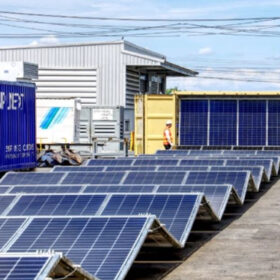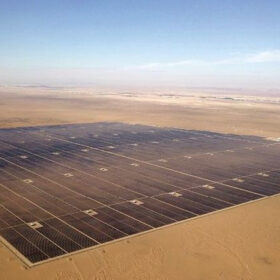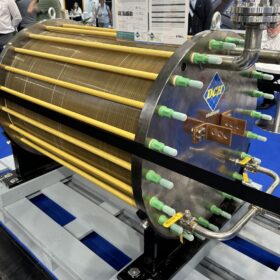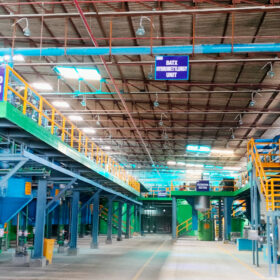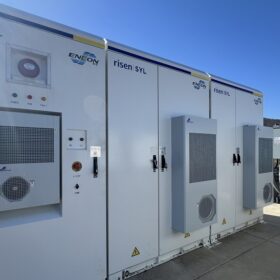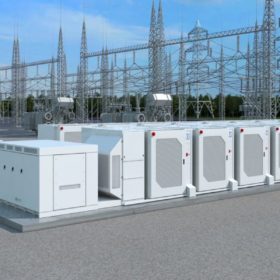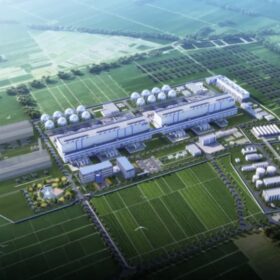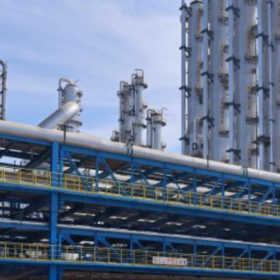Australian startup offers retractable PV sytem with containerized vanadium redox flow battery
A Western Australia-based hybrid solar and battery system developer has demonstrated its hybrid units deployed in remote locations for businesses and communities can potentially replace around 150 litres of diesel per day.
India’s green transition: Key workforce trends in renewable energy
The demand for renewable energy project managers, battery storage specialists, and wind energy technicians is set to grow significantly in 2025. Additionally, positions in solar plant operations, maintenance, and technical roles will remain highly sought after.
Saudi Arabia announces prequalified bidders for 2 GW/8 GWh battery storage tender
The Saudi Power Procurement Company has announced its list of 33 prequalified biders for its massive 2 GW/8 GWh BESS tender.
The Hydrogen Stream: BNEF forecasts sharper green H2 price drop by 2050
BloombergNEF says green hydrogen will fall from a current range of $3.74/kg to $11.70/kg to between $1.60/kg and $5.09/kg by 2050, while Longi Hydrogen has secured a conditional $6.14 million equity investment and cooperation agreement with HydrogenPro.
2024 solar snapshot and the road ahead
A snapshot of the milestones reached in Indian solar manufacturing and power project installations, anticipations, and more…
BatX Energies opens lithium battery recycling facility in Uttar Pradesh
The plant uses hydrometallurgical process to extract critical materials such as lithium, cobalt, nickel, and manganese from used lithium-ion batteries.
Hydrogen energy: India’s path to a sustainable future
The widespread adoption of hydrogen energy has the potential to reduce India’s annual greenhouse gas emissions by 50 million tonnes by 2030. This transition will not only contribute significantly to global climate goals but also drive economic growth through job creation, increased energy security, and enhanced industrial competitiveness.
Batteries set to drive rapid solar growth
Chemical battery storage, led by lithium, has made such significant strides in terms of cost, capacity and technology that batteries are now positioned to accelerate our already exponential solar growth.
Kerala launches 125 MW/500 MWh battery storage tender
Solar Energy Corp. of India (SECI) is accepting bids to set up 125 MW/ 500 MWh of battery energy storage system in Kerala, for “on demand” usage by Kerala State Electricity Board Ltd (KSEBL). The project will be supported with viability gap funding. Bidding closes on Feb. 6.
World’s largest compressed air energy storage project breaks ground in China
Huaneng Group has begun phase two of its Jintan Salt Cavern CAES project in China. It is set to become the world’s largest compressed air energy storage facility with groundbreaking advancements in power output and efficiency.
